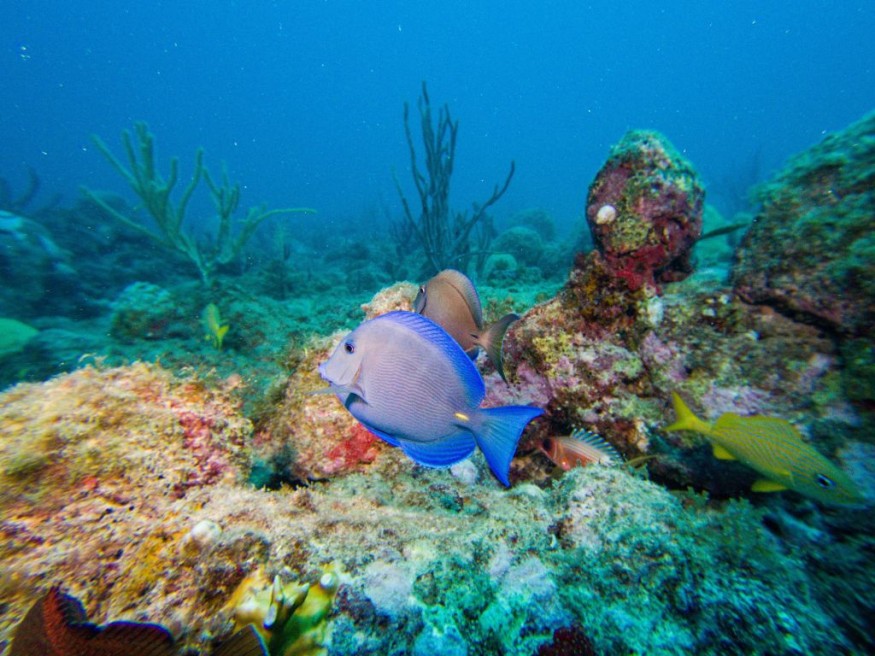Experts unearthed an unknown unicumber in deep-sea expeditions in the Pacific Ocean. The recent findings can offer new insight into the lives under the deep oceans, which are still considered unexplored.
The world's oceans are still considered unexplored due to difficulties navigating underwater and the expensive cost of machines and equipment. The deep oceans are believed to be home to many unknown species.
Understanding different deep-ocean species and their environments will, therefore, help provide new insights into conservation and protection efforts. Like other marine animals, these species are still vulnerable to climate change effects and habitat loss due to deep-sea mining and pollution.
Deep-Sea Expedition in the Pacific Ocean

The Pacific Ocean is home to different species, and subjects of deep-sea explorations. In a recent report, these explorations uncovered different unknown species, including unicumber, pink sea pigs, and bowl-shaped sponges.
The findings were published in Nature Geoscience.
The explorations unearthed unique and transparent sea cucumbers, which are far different from present sea cucumbers. This species belongs to the Elpidiidae family. Amazingly, these creatures are transparent, which means people can see a clear view of the animal's intestines and the potential sentiment they consume. Additionally, a visible long tail is seen from this animal.
Next, the report unfolded bowl-shaped sponges while on the expedition. The researchers noted that this discovery is related to glass sponges, which are also capable of living over 15,000 years.
Meanwhile, pink sea pigs, possibly from the genus Amperima, were also found in the region. These sea pigs are recognizable by their slow movements, and using their tube feet, the researchers can better navigate underwater and search for nutrient-rich sediments.
The deep oceans have harsh conditions, which can be challenging for species to thrive or exist due to a nutrient-poor environment. In the report, researchers explain that these animals have undergone specialized adaptations.
The underwater explorations became possible using a remotely operated vehicle (ROV). The ROV allowed the researchers to capture photographs of deep-sea life and provided them with significant samples for future studies.
Biodiversity mapping and mining threats
According to the report, the recent exploration aimed to monitor and track the biodiversity of the Clarion Clipperton Zone. The region has experienced deep-sea mining, which is used for green technologies. Understanding the state underwater can offer new information about the potential adverse effects of mining.
Due to the lack of significant nutrients to support life, the researchers noted that sediment feeders and filter feeders are mostly found underwater. However, the report highlights the potential threats from mining despite the strict authorization process.
This expedition provided a glimpse and opportunity to explore new species in the deep seas. With advanced technology, it is expected that these explorations can provide new information about different animals there.
For more similar, don't forget to follow Nature World News
© 2025 NatureWorldNews.com All rights reserved. Do not reproduce without permission.





